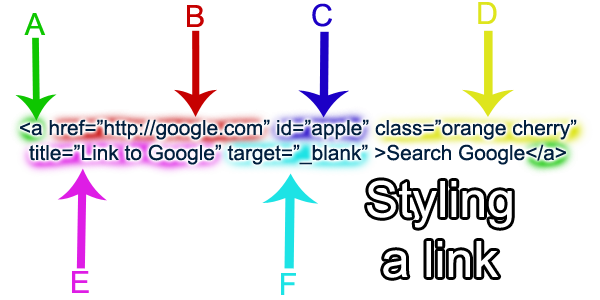How to create WordPress shortcodes
So today we’re going to learn how to take our code snippets and turn them into handy, dandy little shortcodes. Shortcodes are one of the coolest features of WordPress from a content creator’s perspective. They allow users to execute code segments beyond what the WYSIWYG editors can handle, keep the code consistent site wide, make … Read more

